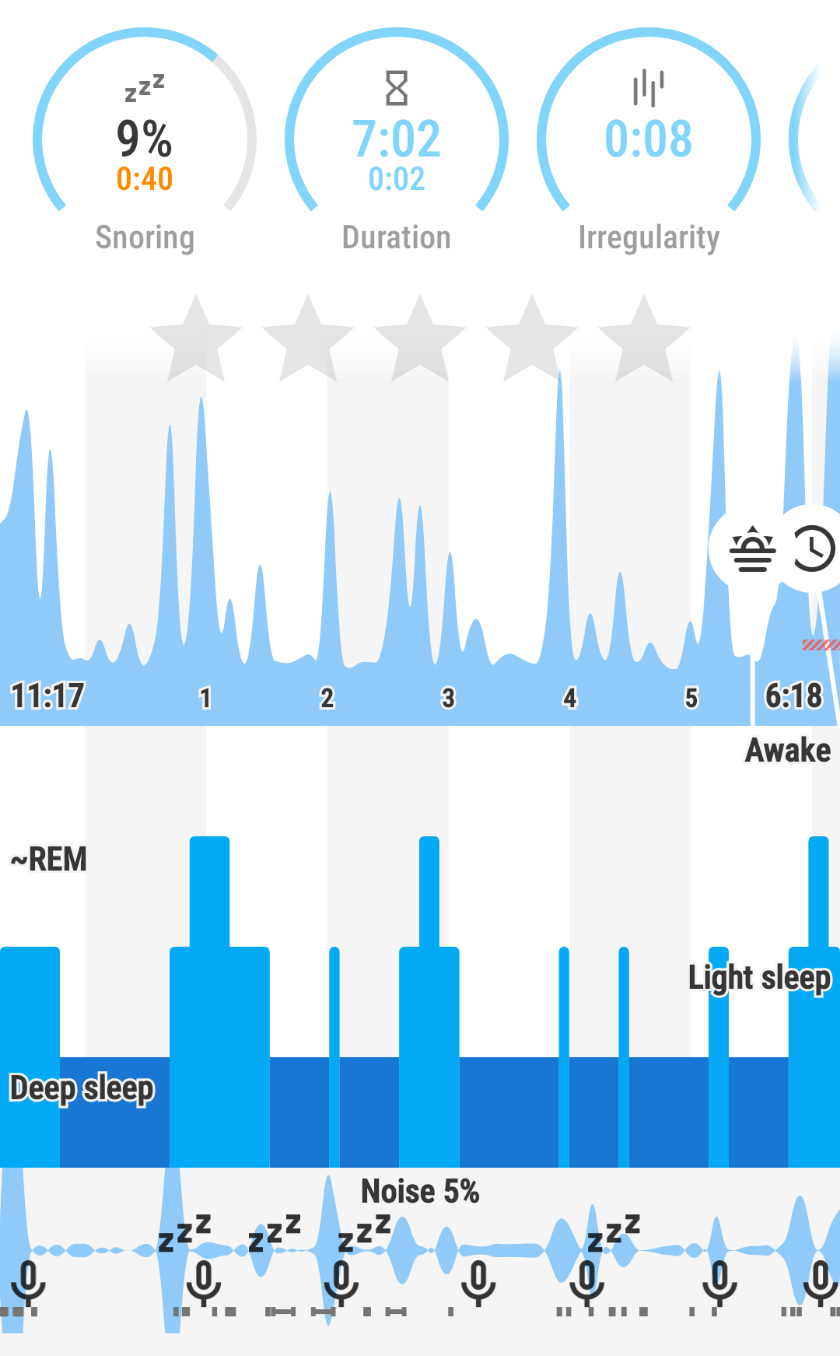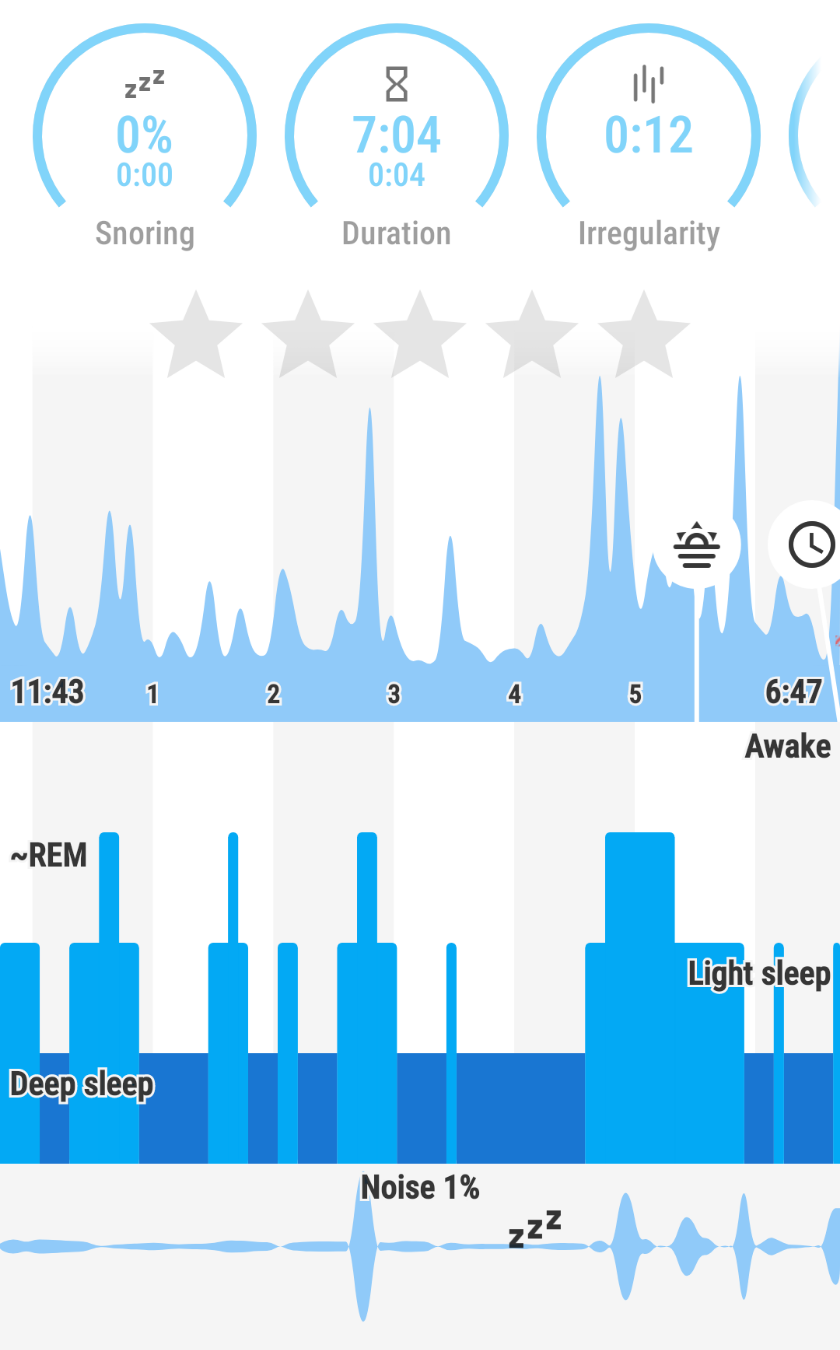Breath – A Book That Made Me Healthier And Changed My Life
My wife and I have a sleep divorce. If you are unfamiliar with the term this is a situation in which a married couple no longer sleeps in the same room.
Over the last few years, we have struggled to sleep in the same bed and while I was previously embarrassed to admit it I've found research that suggests that about 25% of married couples sleep in separate rooms and as much as 46% wished they could (nytimes.com July 31, 2019).
The struggle is real. Ami has a hard time sleeping… generally speaking. We've been through 4 mattresses, an untold number of special pillows, and a variety of other minor adjustments all in the last 5 years as the challenges have increased. All that aside I'm the largest contributing factor as my snoring makes it difficult to fall asleep or return to sleep after a middle of the night disturbance.
That is when I stumbled upon a podcast that led me to buy this book:
There are endless tools and suggestions on the market to help deal with snoring but for the greater part, they treat the symptom and not the cause. This book promised to actually help me fix the underlying issue.
It has now been 3 weeks since I finished reading the book and here is my report.
The book is full of amazing research and insights about curing some diseases and eliminating common respiratory issues. With that in mind I'm going to share the 3 core lessons I learned from this book:
Table of Contents
1: Breathe through your nose, not your mouth
I'm a huge mouth breather and apparently, that has a significant negative impact on my health. The nose does a lot to remove bacteria and moisten the air but furthermore; not breathing through the nose leaves it inactive and harmful bacteria will grow in the inactive nasal passages.
During my adult life, I've come to expect one good sinus infection per year and now I'm wondering if I could eliminate that issue from my life by breathing through my nose.
Retraining the subconscious part of my brain that currently breathes primarily via my mouth is a challenge. Among the various useful tips in the book, I've taken to taping my mouth closed when I sleep. I use a cloth surgical tape that is designed to play nicely with skin and this has mostly worked.
Not only am I breathing through my nose during the night hours but this has the added benefit of effectively eliminating my snoring.
Before I started the nighttime “Tape” routine I downloaded an app to help me track my sleeping and snoring data. After all, I needed to establish a baseline before I could know if the tape was having any impact on the quality of my sleep or the amount of snoring (More about the app(s) I recommend at the end of this article).
For example here is a regular night for me without taping my mouth shut:

As you can see appx 9% of my sleeping time was spent snoring (40 minutes in total). I'd embed the audio recording samples here if I thought it was valuable but none of you want to hear it.
Contrast that with this night where my mouth was taped shut the entire night:

Zero percent. Zero minutes.
Now to be fair breathing through the nose, while it may effectively eliminate my snoring, I do make a sound when breathing through my nose that; while maybe not as annoying or loud as snoring, is still undesirable to Ami my wife. However, that too maybe something I can address which leads me to my next lesson.
2: Nasal Obstruction Is Real But Treatable
Perhaps one reason why I and many others primarily breathe through the mouth is that we feel we cannot get enough air through the nose.
Before the age of 10, I had two nasal related surgeries to help me breathe better. The first was a removal of the tonsils and second a surgery to remove adenoidal tissue. Later in adulthood, it was recommended to me to perform sinus rinses using a neti pot in order to help treat and prevent sinus infections.
It was then that I learned I have a deviated septum. A condition in which the bone and cartilage that divide the nasal cavity into two separate passages are significantly off-center or crooked. I thought this made me different and could explain away my mouth breathing. In the book, James Nestor reveals research that shows about 70-80% of people have a septal deviation of some degree though many cases are minor.
For me, it isn't minor. I basically have one nasal passage that works and one that doesn't. This not only decreases the amount of air I can breathe through my nose but also makes the sinus rinse impossible to perform as the liquid cannot pass through one side.
All those excuses aside Nestor taught me some things I didn't know. Nasal obstruction is treatable. One can expand the nasal passages and in making them larger you can breathe better.
The First Tip I learned from the book is that the simple act of breathing through the nose expands the nasal passage and conversely, not breathing through the nose causes the nasal passages to shrink. I can testify to this. As I began making a concerted effort to breathe through my nose I felt a dramatic shift over the course of about 3 days. Initially, it was challenging and I felt I wasn't getting enough air but I kept at it. Incrementally over several days I felt the passage open more and more and while my obstruction challenges aren't fully resolved by just using the nose; it did make a noticeable difference.
I also learned from the book that nasal obstruction is a relatively modern problem. Anthropology has demonstrated consistently that humans from 300+ years ago didn't have these issues. Our great great great great grandparents had large mouths and large nasal passages. About 300 years ago there is a distinct shift in human skulls in which the brain cavity increases in size but the pallet and the nasal passages shrink.
Most experts attribute this to a changing diet and the consumption of soft processed foods. In other words, we no longer chew hard foods and as such our jawbones have shrunk and this has led to overcrowding in the mouth and nasal obstruction. 300 years ago there was no market for an orthodontist because everyone had straight teeth.
While my family will tell you I can eat an impressive amount of food in a single bite my mouth does suffer from overcrowding. Like most adults, I've had wisdom teeth removed and have had braces twice and still have crooked teeth.
The takeaway is the Second Tip I learned from the book. Chew harder foods and exercise the jawbone. Even in adulthood, we have the capacity to add bone mass to our body and by exercising the mouth you can expand your pallet and in turn, increase the size of your nasal passages. My immediate action plan has been to eat more beef jerky and while I have no idea if this is having an impact on increasing my airways I do note how little jerky I have to consume for my jaw to feel tired.
There is also great information in the book about using expanders and other strategies to expand the size of your nasal passages.
3: Air is Not Air. Breath is Not Breath
A good number of chapters of the book teach how changing how you breathe has an impact on the body. It sounds weird at first. After all, how could changing the length of your inhales and exhales make any difference? If the net same amount of air passes into the body each minute or each 10 seconds why would it matter?
It matters. Here I won't detail out much of the book (you should just read it) but I will share that for everyday core health the body is at the highest degree of optimization when you inhale for 5.5 seconds and exhale for 5.5 seconds which leads to 5.5 breathes each minute. I have been trying to practice that a few times a day and right before sleep for a minute or so. I can't say if that is impacting my health. I don't see an immediate impact but I do believe in the science presented in the book.
Resources:
Sleep Tracking Apps:
I started with SnoreLab. SnoreLab is available for both iOS and Android and is a top-quality solution for tracking your sleep and snoring. This app is a freemium model product. Some features are free but many of the best features, while free at first, will eventually be locked out if you don't upgrade and pay for their service. Ultimately I left SnoreLab because I like having all my data in Google Fit and SnoreLab isn't compatible with Google Fit.
I moved to Sleep as Android. As the name implies this app is not available for iOS, only Android. That said it has just as amazing of a toolset as SnoreLab but will sync with Google Fit. It is also a freemium model so after my 1-week free trial ran its course I paid $15 to unlock all the premium features permanently. Can't recommend this enough.
I also wear a fit-bit style knock-off device that tracks my sleep to some degree and provides some data. However, it doesn't have the ability to “hear” snoring and track that aspect of my sleep which is an important data point for me.
The Tape:
As part of my business Mountain Man Medical, we stock 1″ cloth surgical tape. The style of tape is perfect but ideally, I think 1.5 or 2 inches wide would be preferable but I'm getting along with the 1″ tape I have in my warehouse. Here is an option on Amazon I've recommended to a few people.
Don't complicate it. Just tear off a strip wider than your mouth and put it over your closed lips. Some experimentation will be necessary to figure it out but I think you will be surprised how easy this is and just how little it will bother you. It didn't have any negative impact on my sleeping at all.
The Official Website:
The author, James Nestor, has an official website full of videos and other expert advice on breathing. I highly recommend you buy the book and consume the resources on his website here.
